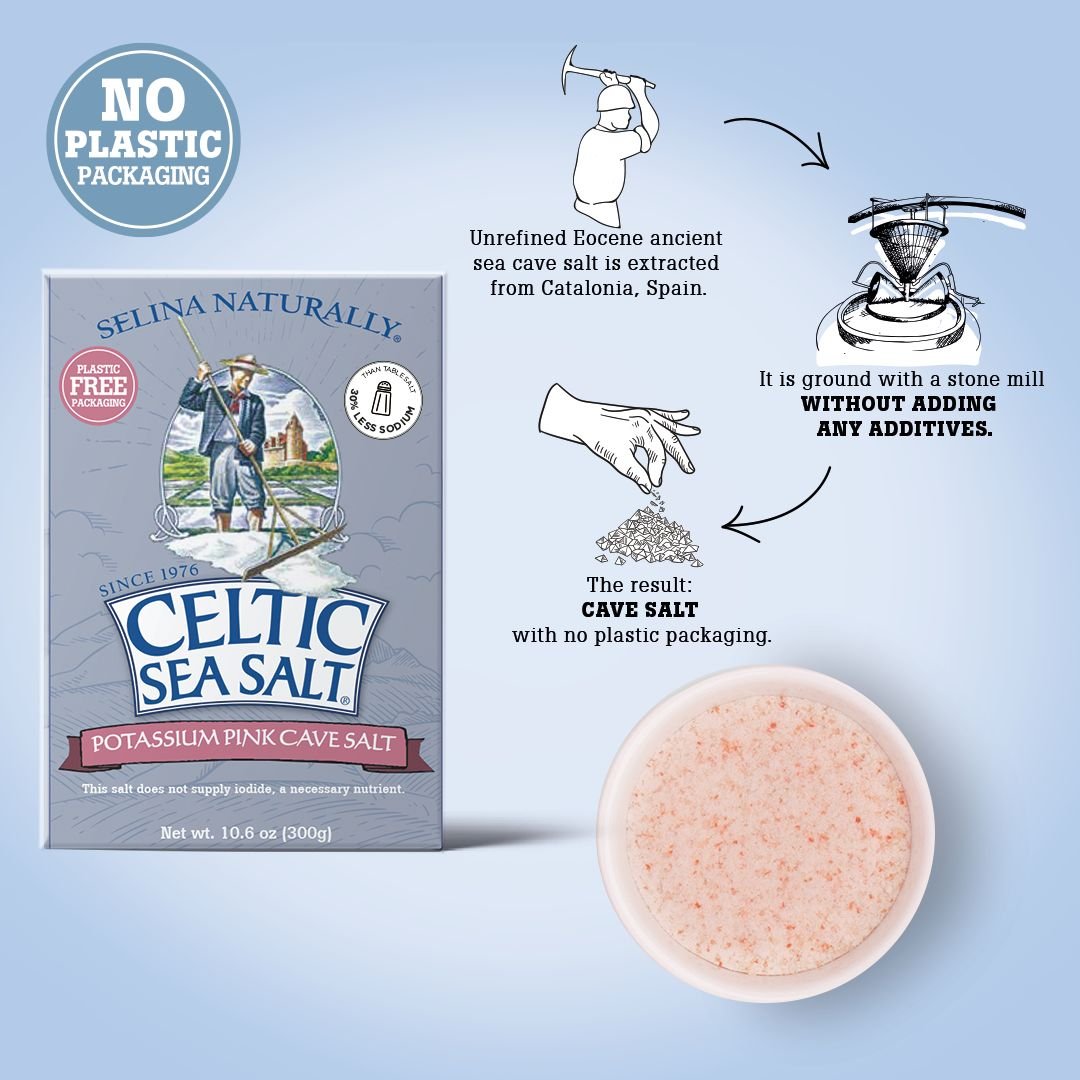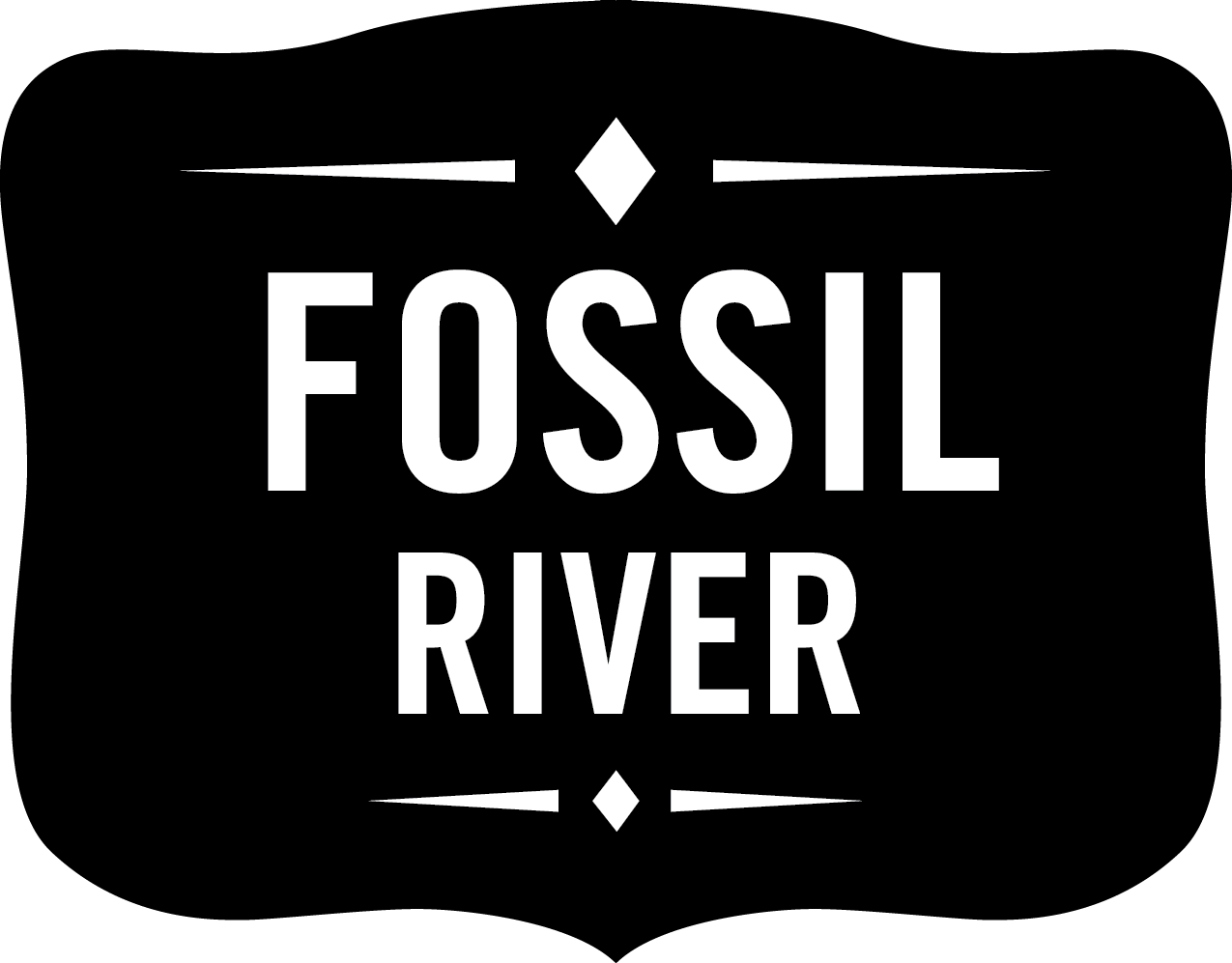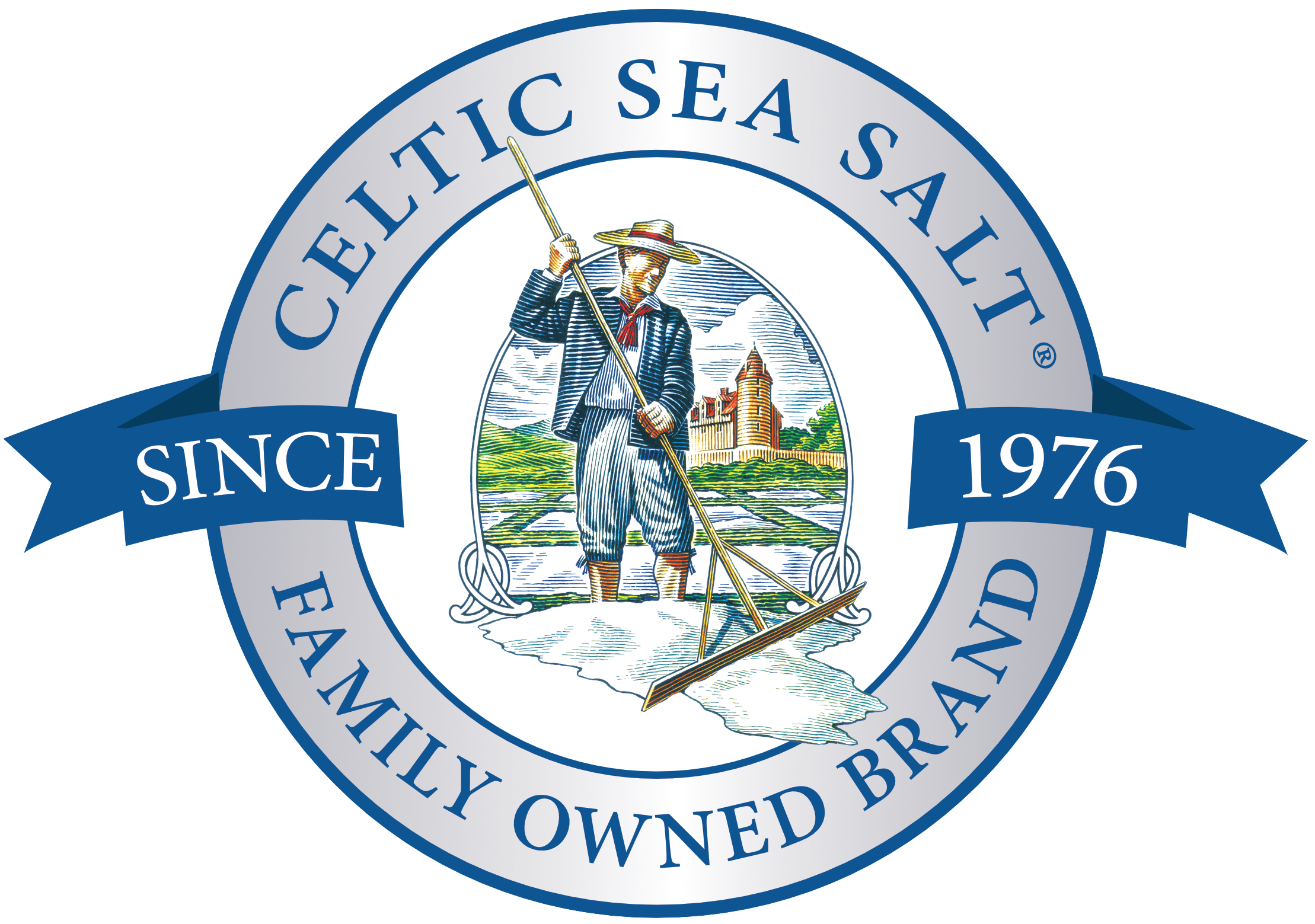For years I have been contemplating bringing a salt in with more supply of potassium for our daily needs. Having partners in Spain has helped me to discover an amazing tasting salt with more potassium than any of our other Celtic Sea Salt® brand salts.
I want to share some geographic details and history of this discovery.
Salt left by the evaporation of seawater through the closure of the Mediterranean Sea more than 30 million years ago extrudes at Cardona 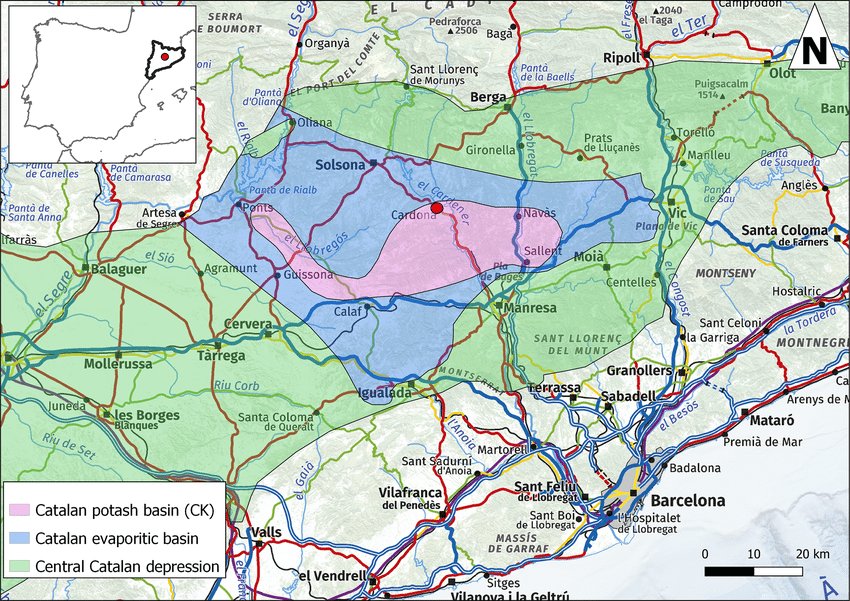 (Cardona is a town in Catalonia, in the province of Barcelona; about 90 km northwest of the city of Barcelona, on a hill almost surrounded by the river Cardener) source
(Cardona is a town in Catalonia, in the province of Barcelona; about 90 km northwest of the city of Barcelona, on a hill almost surrounded by the river Cardener) source
to form a salt mountain that is unique in Europe. An almost complete diapir (a domed rock formation in which a core of rock has moved upward to pierce the overlying strata) outcrops 100 meters ( 329 feet) high allowing the structural complexity and dissolution processes to be observed. The Cardona salt mountain is dated at around 2 million years having broken through an eroded anticlinal (Sloping downward in opposite directions, as in an anticline). fold that developed much earlier.
Located in the village of Cardona, Spain, about 60 miles northwest of Barcelona, Muntanya de Sal or Salt Mountain has been an important resource for the people residing in the area over the centuries. The earliest evidence of locals extracting salt from the surface to use as a commodity occurred sometime during the Neolithic period (approximately 10,000 BCE), according to historians.
THE CARDONA SALT MOUNTAIN (MUNTANYA De Sal) is a huge geologic formation made almost entirely of the world’s favorite edible mineral.
Formed two million years ago when low-density salt was pushed up through the much harder materials surrounding it, the Cardona Salt Mountain is one of the largest domes of its kind in the world, and unique in Europe. While small amounts of other minerals pervade the savory hill, the salt pile would have a near translucent quality if not for the thin layer of reddish clay coating the exterior. The significance of the mountain was recognized as early as the middle ages when Romans began exploiting the mountain for its salt, which began to bolster the young Cardonian economy. With the invention of industrial mining techniques, a mine was built into the side of the mountain and a thriving facility formed at its base as excavators dragged enormous amounts of potash (water-soluble) salt from the innards of the hill. In addition to the mineral export, the locals of Cardona began making salt sculptures to sell and invented several hard, salty pastries unique to the area. Like the Himalayan salt lamps and sculptures that are so popular today.
After the mine closed in the 1990’s, the salt mountain was rechristened the Cardona Salt Mountain Cultural Park and the former excavation operation was opened for tourists. The facilities surrounding the mountain have been turned into a museum where visitors can check out the equipment and machinery used in the dig, but the real attraction is the tunnel into the salt mountain. My Daughter Colette and I were given hard hats and allowed to journey into the old mine shafts. The interior of the salt mountain is covered in majestic salt formations jutting up from the ground and hanging down from the ceiling. It was like a winter wonderland with bright red and pink colors throughout the cave.
The Cardona Salt Mines are not only a geologic wonder but a staggering example of how delicious the world can be.
Resembling an iceberg and formed millions of years ago, Muntanya de Sal (Salt mountain) is one of the world’s only salt, Muntanya de Sal looks like any other mountain. But once at its base, it’s apparent that it’s completely different from any other peak in Europe. Unlike other outcroppings piercing through the rolling landscape, Muntanya de Sal is made of salt.
“Later the Iberians, the Romans, people [living during] the Middle Ages and so on kept doing the same,” Montse Malavé, a historian with Fundación Cardona Histórica, an organization that protects and preserves the town’s historical heritage, tells Smithsonian.com. “Salt was so valuable that at certain times it was even used as currency. People would go to the marketplace and could pay using a piece of salt. This mountain was like a mountain of money, and salt was called ‘the white gold.’”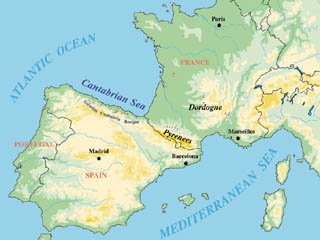
source
Years later, Salt Mountain Cultural Park tops out at just under 400 feet in height, making it one of the highest points in the region. But about 40 million years ago, the area was completely underwater, engulfed by the Cantabrian Sea, Malavé explains.
“As time passed, the entrance in the north got closed and this part of the sea became a lake, which eventually dried out and great amounts of salt were precipitated to the bottom in horizontal layers,” he says. “At the end of this process, the salt layers were covered by sediment. This happened all along the land that was covered by the sea, but the only place where the salt appeared on the surface is here in Cardona. This happened due to strong [upward] pressure in the Pyrenees mountains zone... and was a consequence of the crash between two tectonic plates.”
According to Malavé, during the formation of the Pyrenees mountain range approximately two million years ago, the underground salt layers were pressed, folded and pushed upwards, forming a fold of salt underground. The top layer, which was made of sediment, became thin thanks to erosion, forcing salt to crystallize at the surface. Interestingly, the mountain continues to grow in height, a result of the consistent pressure occurring below the surface and is one of the few places on the planet where salt deposits sit both underground and on the surface.
From 1929 to 1990, Salt Mountain was one of the world’s largest mines for potassium chloride, a metal halide salt sought out by a wealth of industries, including agriculture, medicine and food processing.
The remaining salt deposit stretches approximately one mile in depth and has a similar length, and the former mining complex has become a popular tourist destination.
Today the cultural park offers guided one-hour tours inside the mountain’s depths, where visitors can walk through tunnels punctuated with sparkling salt stalactites, stalagmites (Stalactites hang from the ceiling of a cave while stalagmites grow from the cave floor. ... A stalagmite is an upward-growing mound of mineral deposits that have precipitated from water dripping onto the floor of a cave. Most stalagmites have rounded or flattened tips). and columns.
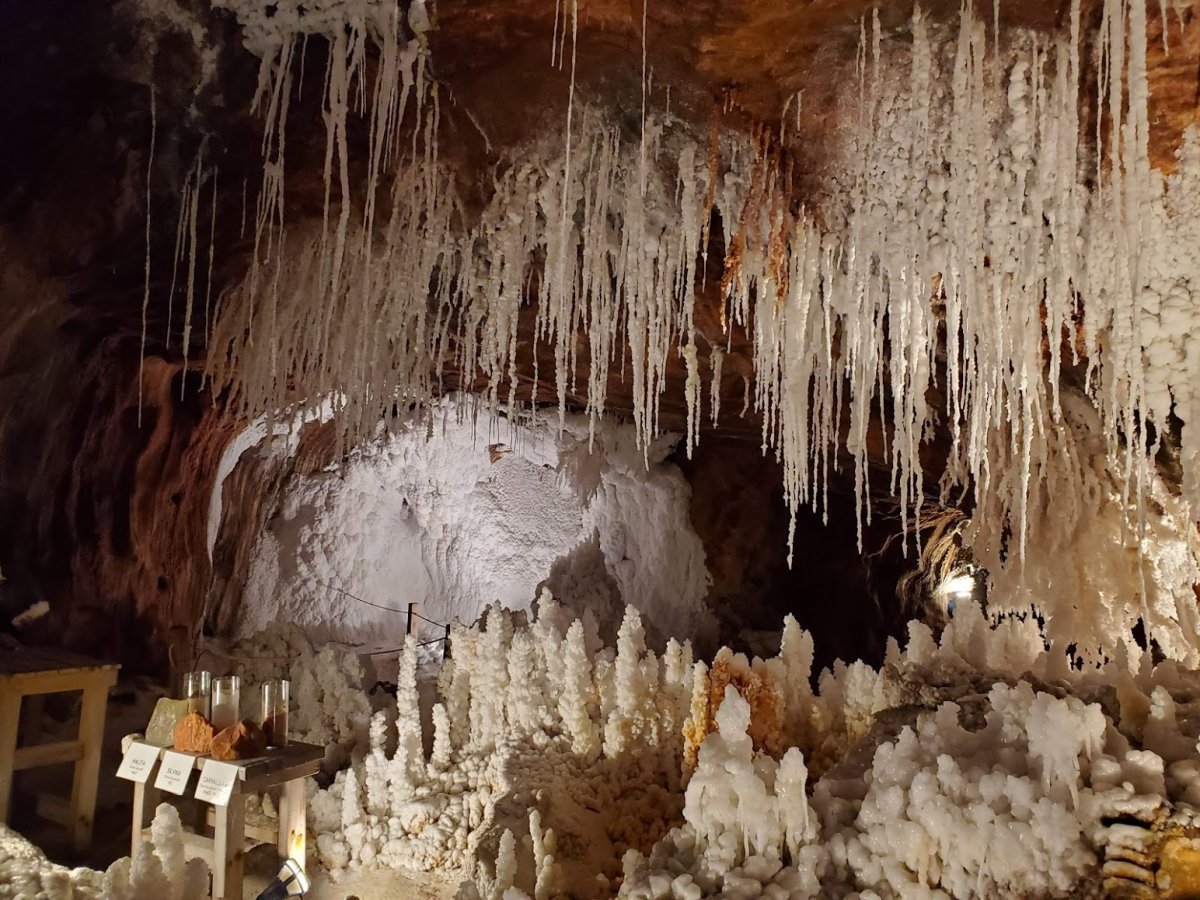
“The salt walls are in pink/reddish, gray and white colors,” Malavé says. “Visitors are completely surrounded by salt.”
One of the most critical and significant events in the geological history of the NE Iberian Peninsula is the final marine regression that sealed the Mediterranean Sea, converting it into an inland basin. The closure of the sea caused evaporation to occur with the consequent accumulation of evaporites. The salts are found between two very different sedimentary environments: a lower sequence of thick predominantly grey sediments with marine fossil fauna and an upper level of reddish-brown clay.
Cardona therefore has a special significance since the rocks deposited there provide a very valuable geological record of the drastic modifications in the environment in the space of little more than 5 million years.
Geological significance
The Cardona salt mountain has a significance beyond the context of the geological evolution of Catalonia. Within a geological framework it is a very rare example of the evolution of a sedimentary basin where a predominantly marine environment has evolved into an endorreic (closed) system resulting in the evaporation of the sea water. The transformations are recorded in the rock strata revealing the order and depositional sequences of the evaporitic rocks. The composition and concentration of the dissolved salts produce variations within the structure. This is one of the best examples of a saline diapir* in which the internal structures naturally outcrop (An outcrop is an area of land where the underlying rocks are exposed). In addition, there are unique and spectacular karstic* solution hollows developed in the salt.
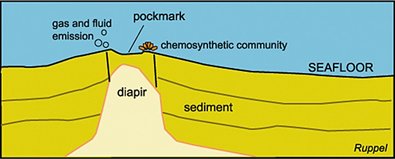
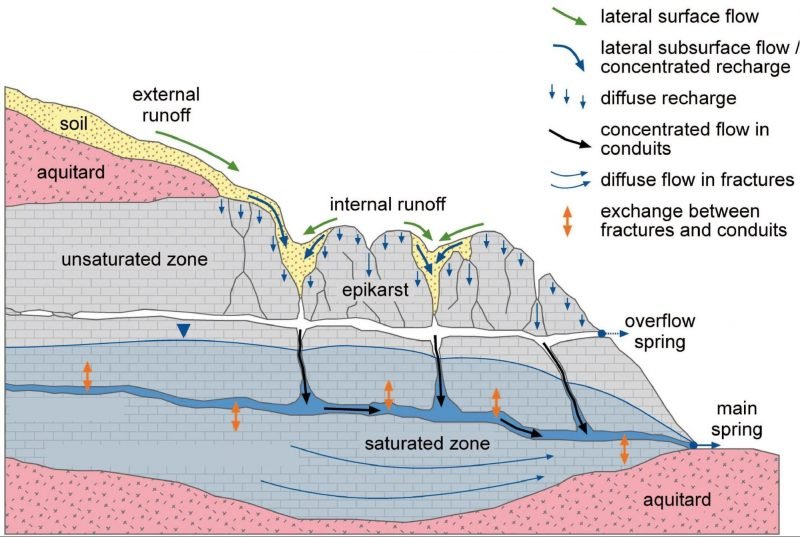
*Diapir
*karstic
*An area of irregular limestone in which erosion has produced fissures, sinkholes, underground streams, and caverns. source
The Salt Mountain is found at the foot of the Sierra de Garrigues mountains. It is drained by the Salat stream that joins with the River Cardener*. The landscape is deeply incised because of the erosion processes linked to the presence of salts.
River Cardener* source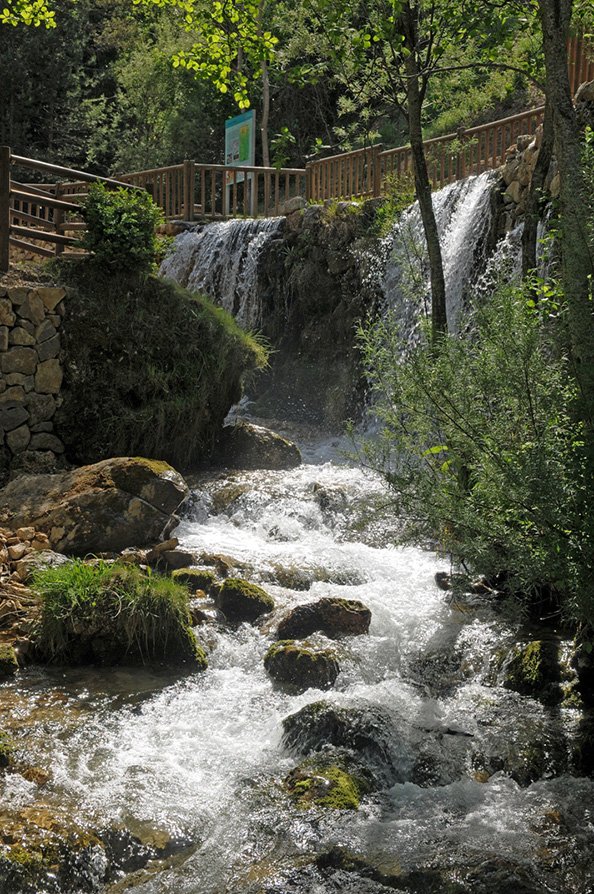
The River Cardener is a tributary of the River Llobregat which supplies 35% of Barcelona's drinking water needs from the Sant Joan Despí Water Treatment Plant. The salt mining in the Llobregat basin has led to a progressive salinisation of the drinking water sources. Since 1989, a Brine Collector, a public works operated by Aigües de Barcelona (AGBAR), has enabled a significant improvement in the quality of the river water used for drinking water production in Barcelona.
Land Use
The land it almost entirely devoted to the split between mining and urban development. The area has PEIN designation making it one of the few examples of protected spaces of natural interest in an intensely populated mining area.
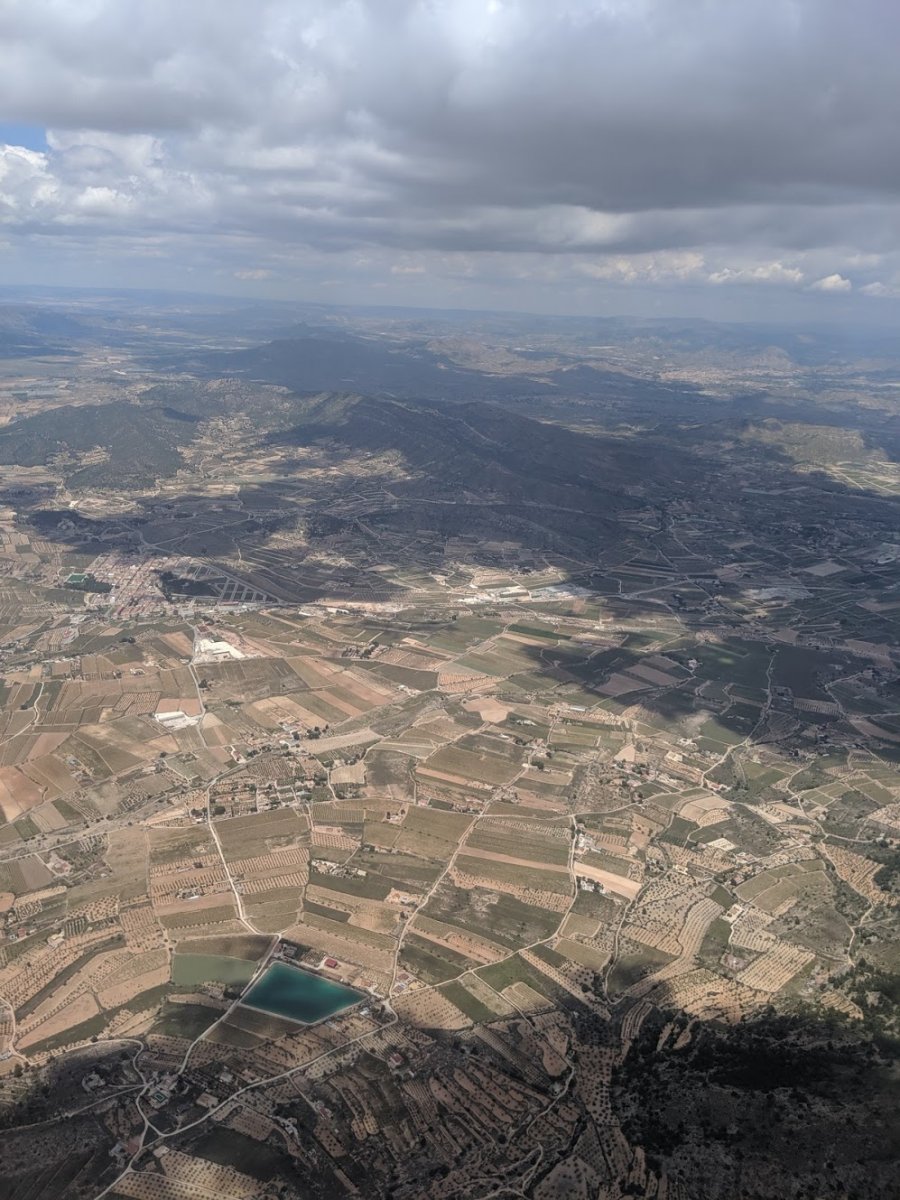
Other heritage sites in Cardona
Cardona castle dates from the 12th century. In the 17th century it was transformed into a major fortification that was partially destroyed in 1714. Reconstruction took place in the 18th and 19th centuries.
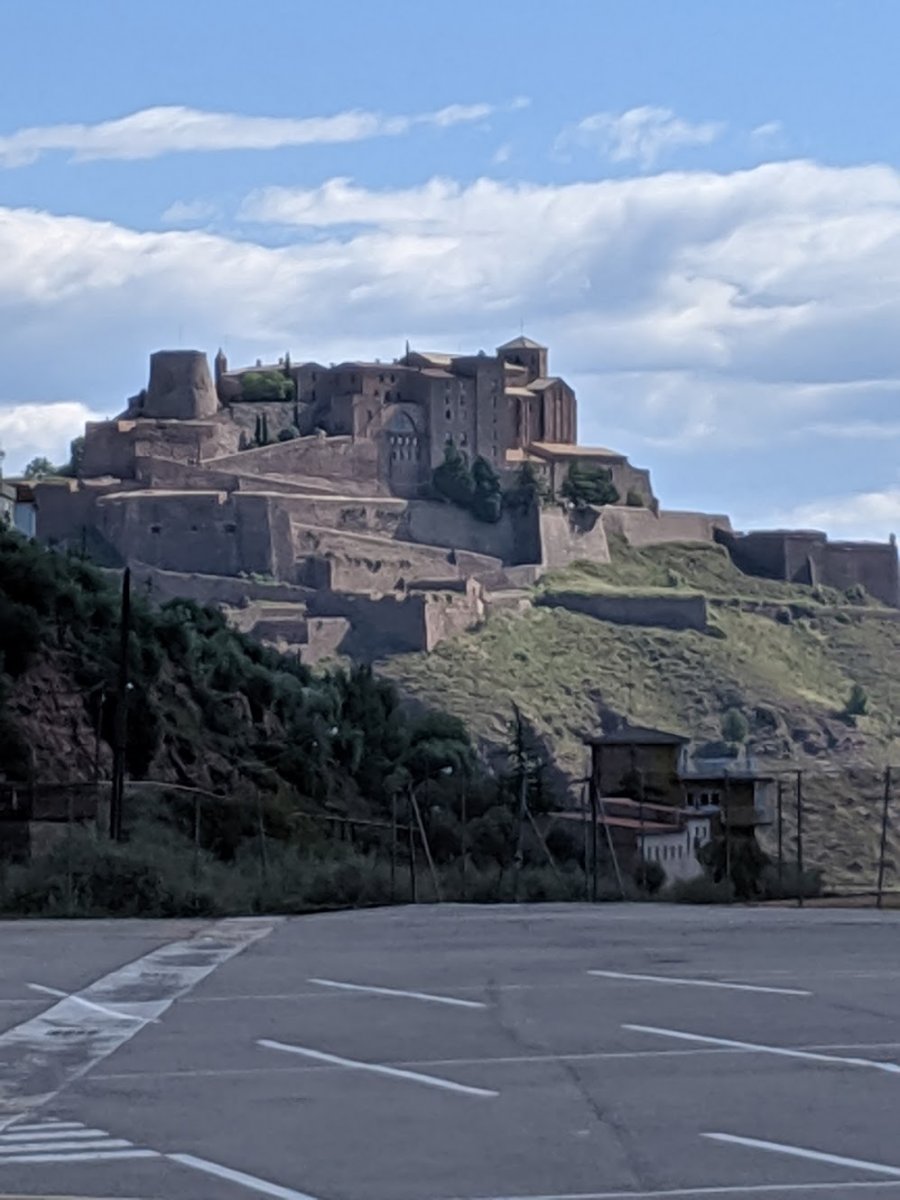
The salt from this amazing region is now a part of our Celtic Sea Salt® brand family. For years we have sourced our salts only from solar evaporated sources, I am so happy to find a source of salt that embodies a special mineral that so much of us need “Potassium”.
This pink salt has
grams per 100 grams | Celtic Pink Potassium | Fine Ground Celtic® | Morton® table salt | Himalayan Salt |
sodium | 27.62 | 34.7 | 39 | 38.2 |
potassium | 16.46 | 0.11 | 0.049 | 0.35
|
calcium | 0.27 | 0.213 | 0.03 | 0.4
|
chloride | 58 | 57.6 | 60 | 59 |
magnesium | 0.1017 | 0.5 | 0.009 | .01 |
pH | 9.43 | 9.94 | 7.27 | 6.15 |
sodium chloride | 85.62 | 92.3 | 99 | 97.2 |
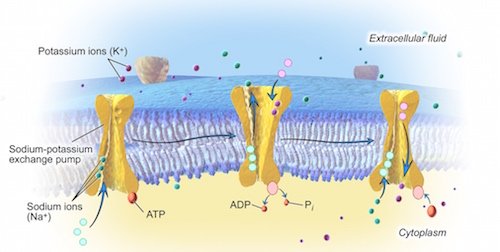
source
This salt holds so much potential to our wellbeing due to our sodium potassium exchange pump.
Potassium is a mineral that your body needs to work properly. It is a type of electrolyte. It helps your nerves to function and muscles to contract. It helps your heartbeat stay regular. It also helps move nutrients into cells and waste products out of cells. A diet rich in potassium helps to offset some of sodium's harmful effects on blood pressure.
Potassium is one of the seven essential macro-minerals. The human body requires at least 100 milligrams of potassium daily to support key processes. source
The Adequate Intake recommendation for potassium is 4,700 milligrams (mg) per day for adults. Most adults do not meet this recommendation.
The World Health Organization (WHO) recommend an intake of 3,510 mg per day and agree that most of the global population is not meeting this recommendation.
Potassium supplements are available. However, it is best to obtain any vitamin or mineral through food. It is not individual vitamins or minerals that make certain foods important for healthful living, but the combined efforts of a range of nutrients.
It is an electrolyte that counteracts the effects of sodium, helping to maintain consistent blood pressure. Potassium is also important for maintaining the balance of acids and bases in the body. Bases are alkalis that have not yet dissolved in water.
Potassium-rich foods maintain an alkaline environment in the body, unlike in acidosis.
Acidosis can cause nitrogen excretion, loss in bone mineral density, and muscle wasting. A diet high in potassium can help preserve muscle mass in older people, as well as during conditions that tend to lead to muscle wasting, such as diabetic ketosis. However, a sufficient potassium intake can help prevent this.
One study found that participants that took in 5,266 milligrams of potassium per day maintained an average of 3.6 more pounds of lean tissue mass than those with a potassium intake 50 percent lower. Some studies also show an increase in bone density with high potassium intake.
A normal potassium level is defined as between 3.5 and 5.0 millimoles per liter (mmol/L).
Hypokalemia is diagnosed when potassium levels fall below 3.5 mmol/L. Mild potassium deficiency will generally not present with symptoms. A potassium level lower than 2.5 mmol/L is considered extremely deficient, and symptoms will become more severe as levels reduce.
Symptoms of low potassium levels include:
- malaise and fatigue
- weakness and muscle pain all over the body
- constipation
- Extremely low potassium levels can cause:
- severe muscle weakness and paralysis
- respiratory failure
- painful obstructions in the gut
- tingling, crawling, numb, or itchy sensations main felt in the hands, feet, legs, or arms.
- intermittent muscle spasms
Low potassium can be diagnosed using simple blood tests and treated by alterations to the diet, including supplements. Having regular medicals and health screenings will also help a person track their potassium levels and avoid any potential shortfalls.
Potassium can also cause health problems when a person consumes more than the 4,700 mg recommended Adequate Intake.
Individuals with good kidney function can efficiently rid the body of excess amounts of potassium in the urine. This process normally has no adverse side effects.
There have been a small number of reports that potassium toxicity is associated with an extremely high intake of potassium supplements. No food-related potassium toxicity has ever been reported.
Shop Celtic Sea Salt Potassium Pink Cave Salt!